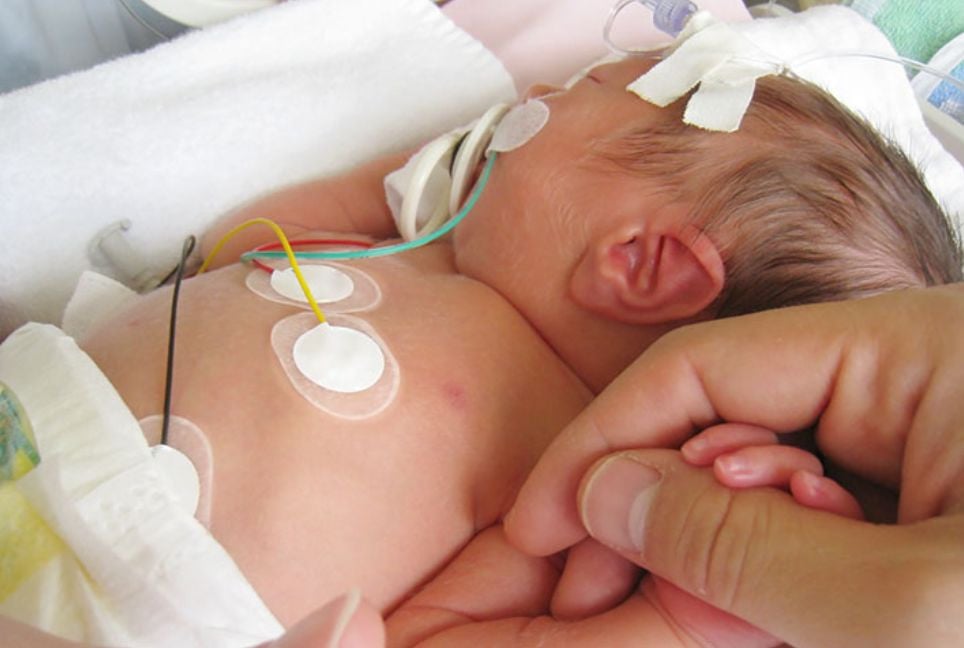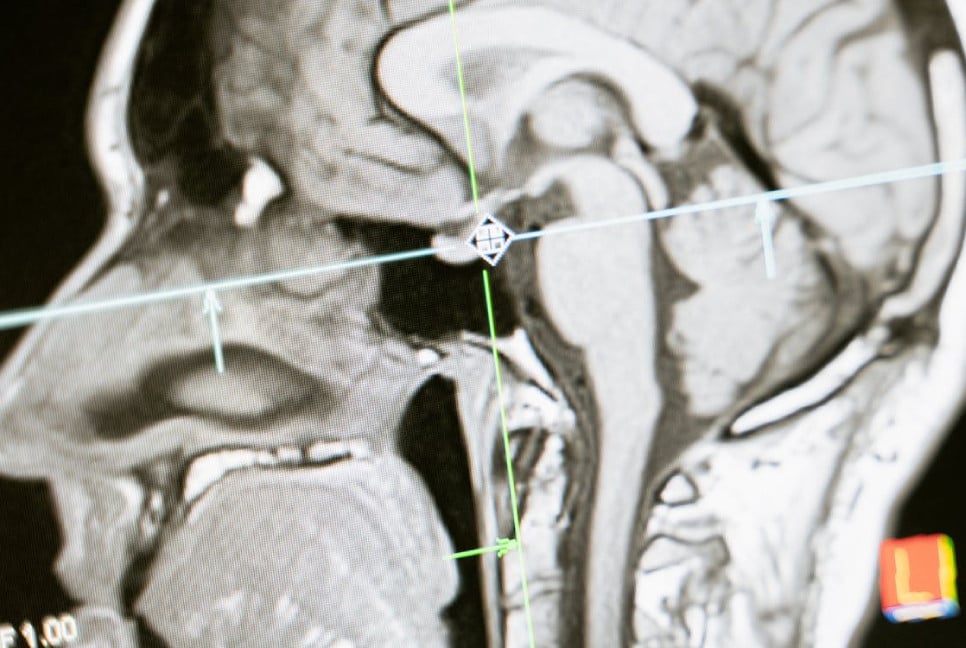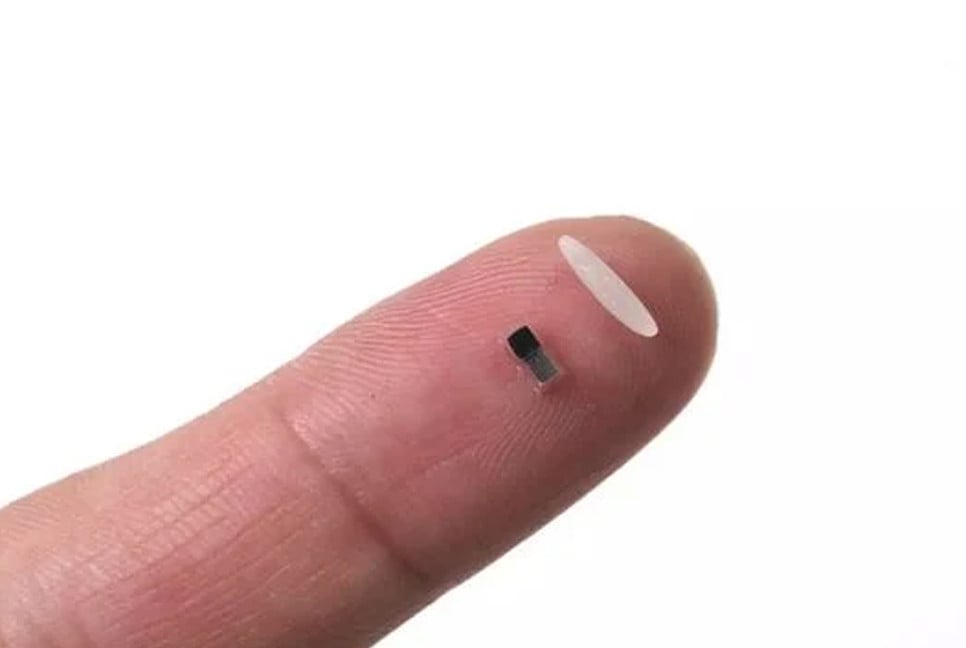Congenital heart disease (CHD) is one of the most common birth defects, affecting the structure of the heart and blood vessels. It can lead to symptoms such as cyanosis (bluish skin), swelling in the legs, rapid heartbeat, and fatigue.
Despite medical advancements, early detection remains crucial for improving outcomes in affected children.
Dr. Pankaj Sugaonkar, an interventional pediatric cardiologist at Ruby Hall Clinic Pune, explains that CHDs occur in one out of every 100 live births.
They are classified into two types: acyanotic and cyanotic heart diseases, said the doctor.
Types
Acyanotic heart disease: Abnormal mixing of oxygenated (pure) and deoxygenated (impure) blood. It can lead to Volume Overload defects or pressure overload defects.
Cyanotic heart disease: Defects in which mixing of deoxygenated with oxygenated leads to reduction in blood oxygen levels as a whole. Tetralogy of Fallot (TOF), Total Anomalous Pulmonary Venous Connection (TAPVC), and Transposition of the Great Arteries (TGA) are some varieties commonly seen. Cyanosis (blue color on the skin), poor growth, and retardation are obvious symptoms.
Treatment
Congenital heart disease is usually detected by Electrocardiogram (ECG), chest X-ray, and 2D echocardiography.
Small-sized defects and less serious valve closures hardly require intervention or treatment. Moderate defects are treated temporarily with pills. If still problematic, correction or device implantation through surgery will have to follow.
ASD, VSD, and PDA are treatable with lesser invasive device implantation procedures. Pressure overload diseases like aortic stenosis and pulmonary stenosis are treated with dilatation under balloon procedure.
Cyanotic CHD involves open heart surgery, but timing must be chosen according to extent.
Prevention tips
“Congenital heart defects, while common, can be effectively managed with timely diagnosis and appropriate medical intervention. Advancements in treatment methods ensure that children born with CHDs can lead healthy lives. Early neonatal screening and preventive measures play a critical role in improving outcomes for these children,” explained Dr. Pankaj Sugaonkar.
Fetal echocardiography is recommended during pregnancy for early detection. Studies show that taking folic acid before conception can reduce CHD risk by 22 percent. Pregnant women should avoid alcohol, smoking, and maintain normal blood sugar levels to lower the chances of CHD. If one child in a family has CHD, the risk for a second child is 3 percent, increasing to 10 percent if two children are affected.
With timely diagnosis and advanced treatment options, children with CHD can lead healthy lives.
Source: Hindustan Times
Bd-pratidin English/Fariha Nowshin Chinika


































































